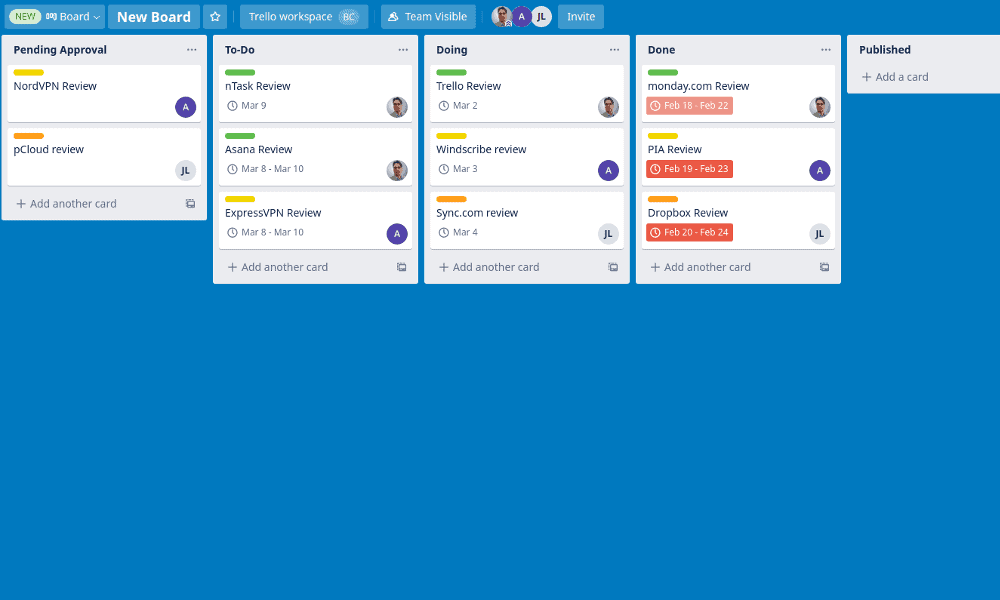
Since you might have at a time, say, four sprints on your Trello board, then all of the sudden those ‘Sprint 2’, ‘Sprint 3’, ‘Sprint 4’ and ‘Sprint 5’ containers that line up your Trello board from left to right, well, they collectively make a quasi-timeline. Now at least you can order: ‘In the upcoming week (or two weeks) you, Josh and Matthew, are expected to complete task A, task B and task C’. Sprints in Scrum usually last two weeks but – more importantly – they have to be of the same length, or cadence, from sprint to sprint be it one, two, three or four weeks. This one is called Scrum and is slightly more appropriate for the large projects. Now let’s suppose you have 100’s of tasks in your project and 50 team members…īacklog – Sprint 2 – Sprint 3 – … – Done in Sprint 1 With Kanban boards they can’t really tell what in fact they should be focused on on September 29th and what they are expected to do tomorrow. and your staff has just arrived at the workplace.

In fact, chances are Trello itself will create the To do/Doing/Done containers when you set up your first board.

All you need is to set up ‘To do’, ‘In progress’ and ‘Done’ containers on your Trello board. The most popular and simple pattern Trello users follow is called Kanban board. Kanban board is the most simplistic project management methodology for Trello.


 0 kommentar(er)
0 kommentar(er)
